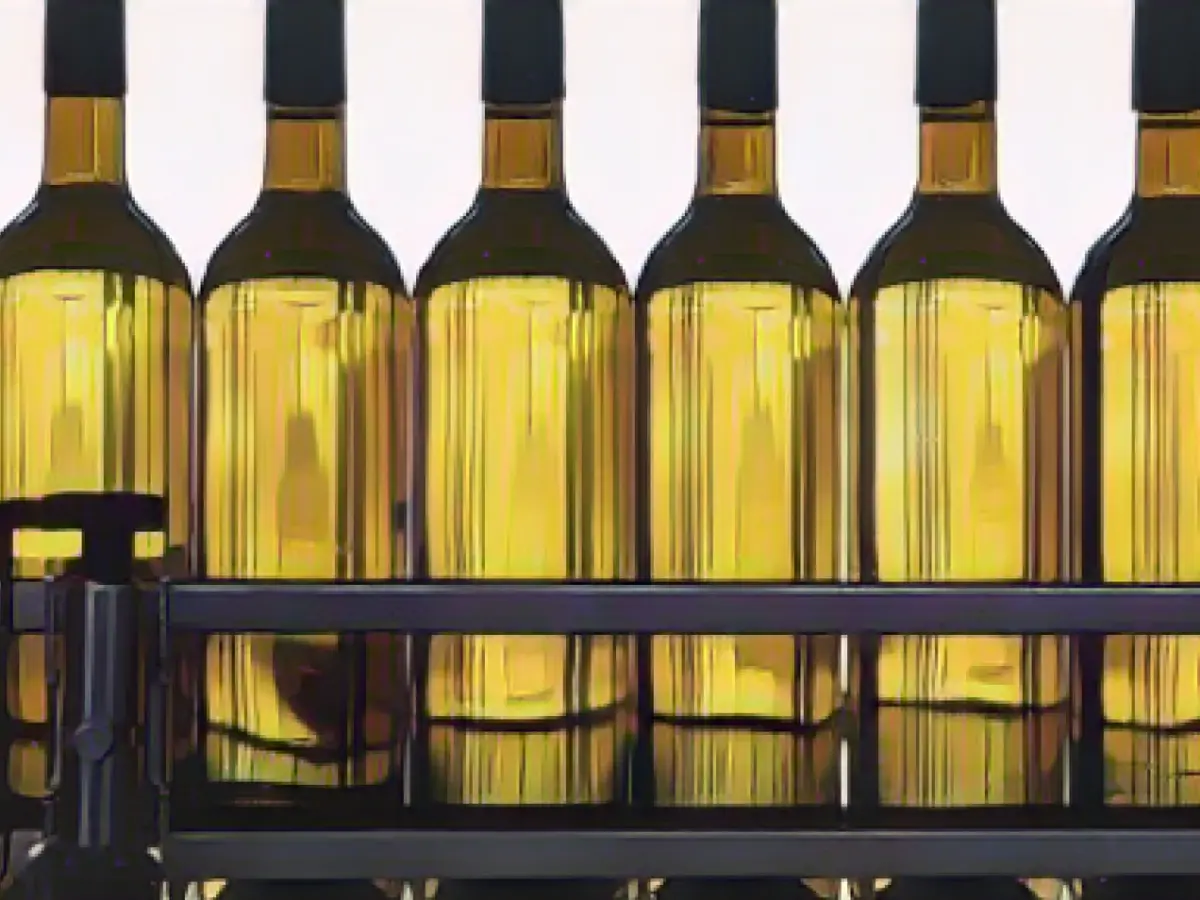Wine and sparkling wine lovers across Europe will soon be privy to more detailed information about their favorite drinks. From December 8, flavors, nutrition facts, and additives must be disclosed on both bottles. While the new rules don't apply to all bottles immediately, products produced before the deadline can continue to sell without the updated labels indefinitely, according to a spokesperson from the German Federal Ministry of Agriculture.
Wines are considered "produced" when they reach the required minimum alcohol content after fermentation and have the right acidity, which only applies to the 2024 vintage, except for ice wines. Sparkling wine, on the other hand, is considered "produced" when it achieves the required pressure after the second fermentation. Sparkling and semi-sparkling wines with added carbon dioxide are also considered produced at the time of addition, according to the EU regulation.
Flavored wine products, such as mulled wines, are deemed to have been produced after flavoring, which means these drinks will also require updated labels based on the new regulations. According to the EU legislation, the labels must display the ingredients and nutritional values, such as calorific value, fat content, sugar, protein, and salt. QR codes or links on the labels may be used for electronic disclosure, although EU law does not provide clear guidelines in this regard.
The German Wine Institute's Ernst Büscher clarified that the new labels only apply to wine products produced after December 8, 2024, with the exception of certain types of wine like ice wine. As more information becomes available, the rules for these exceptions may evolve.
In summary, wine and sparkling wine aficionados will soon enjoy more transparent labeling with detailed information about ingredients, allergens, and nutritional values starting December 8. While not all bottles will instantly comply with these regulations, changes will be gradually introduced over time.
Sources: 1. 2. 3.





